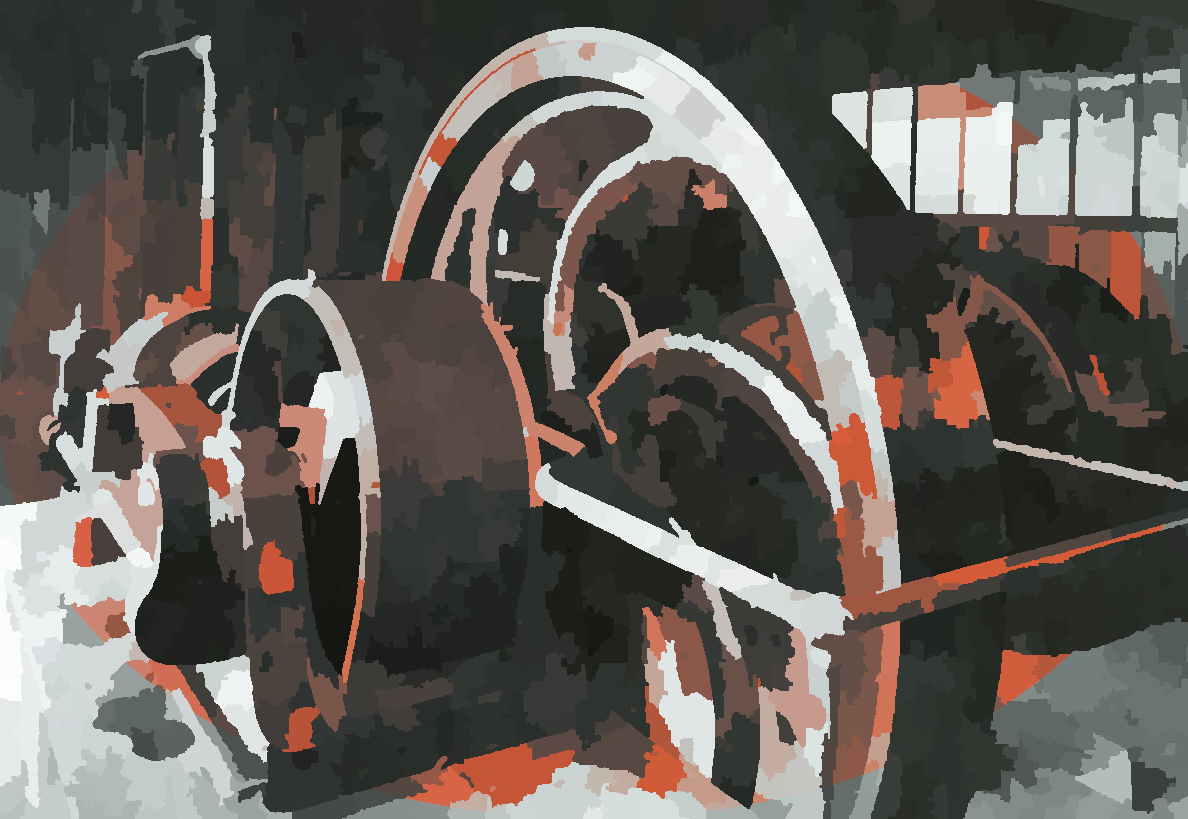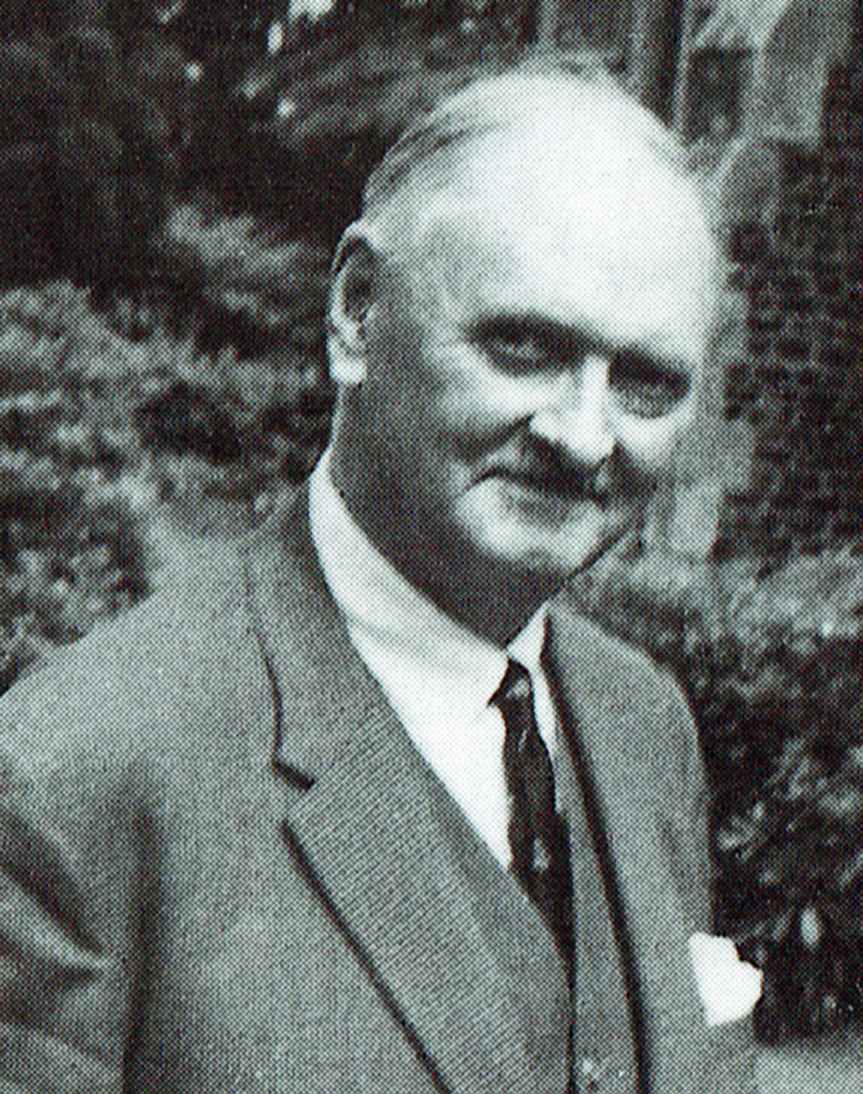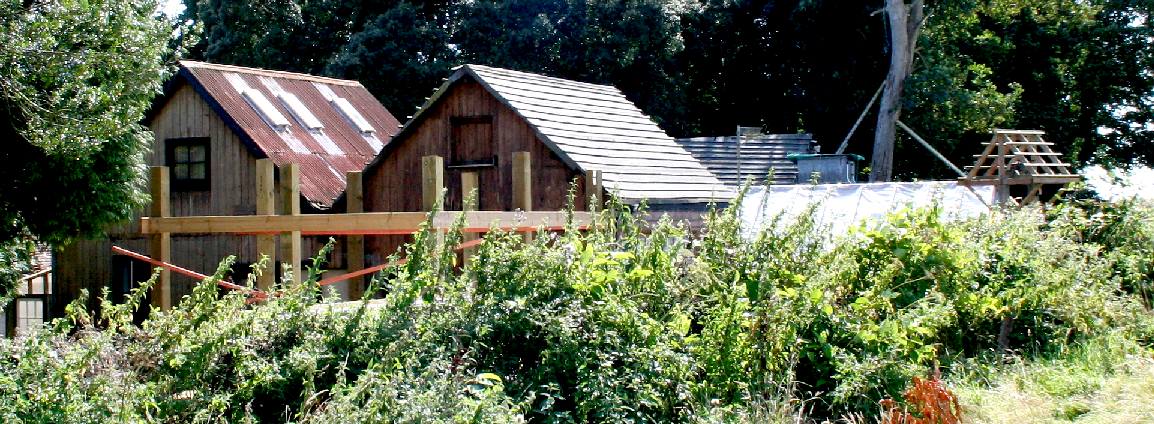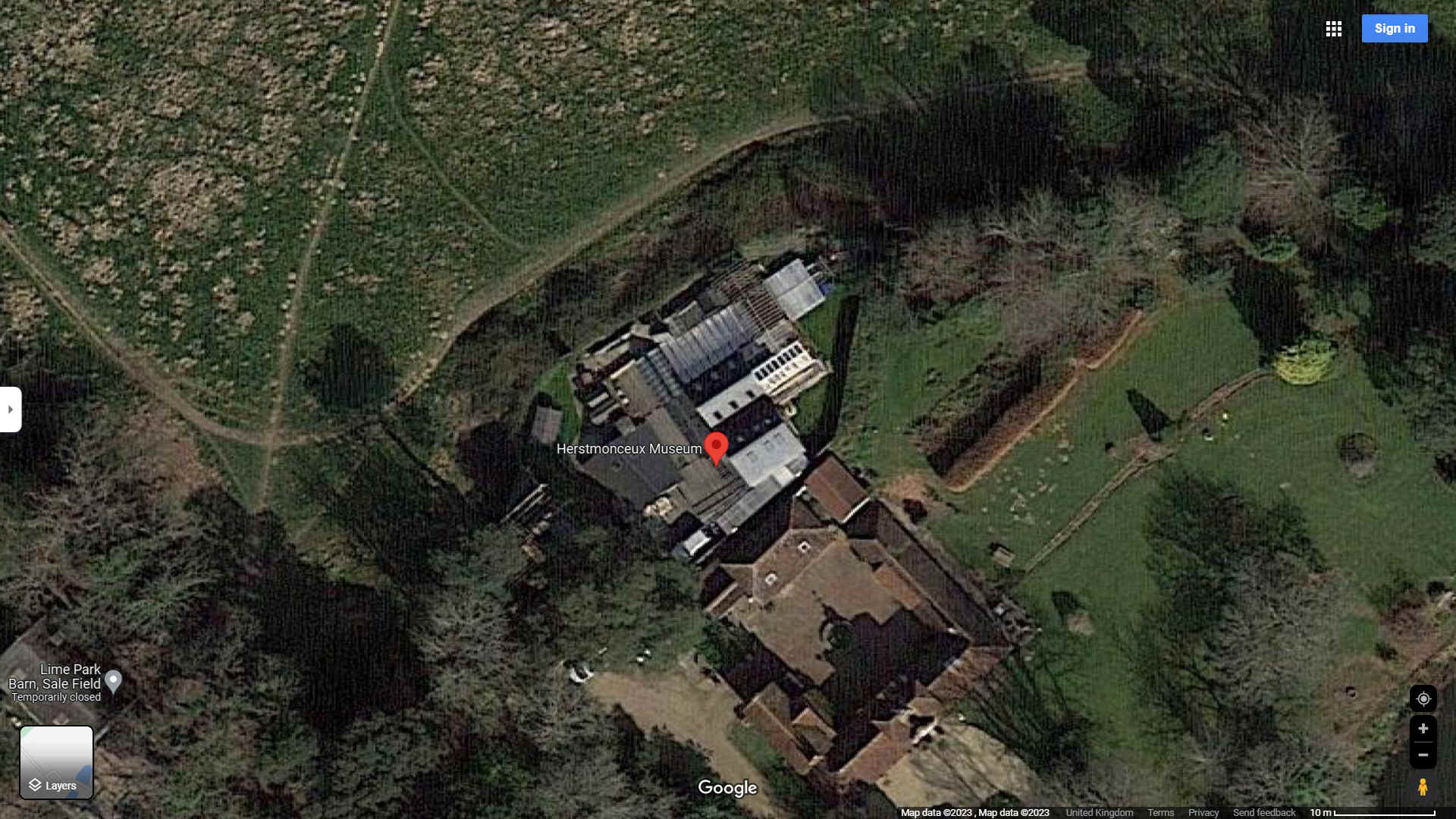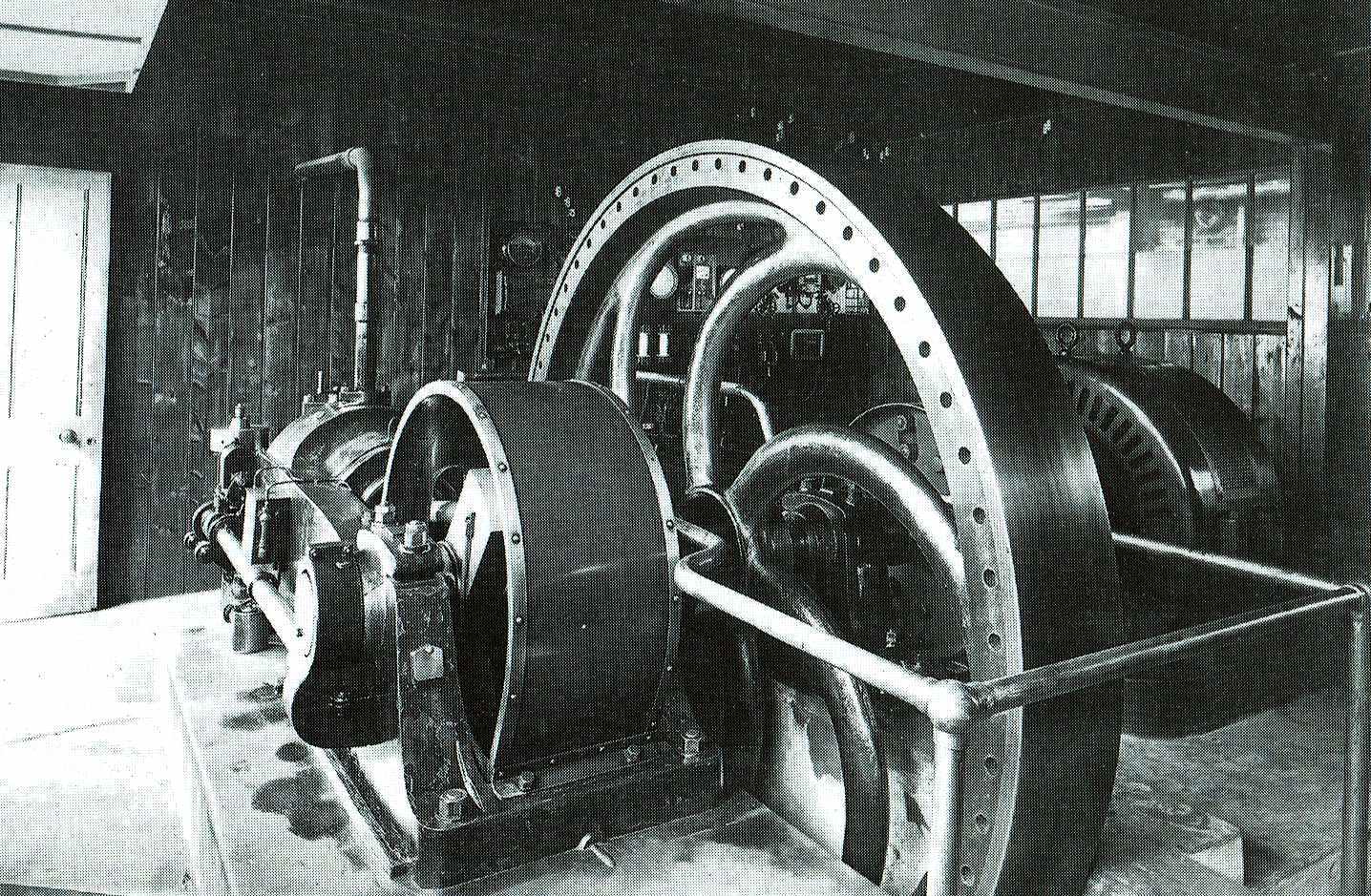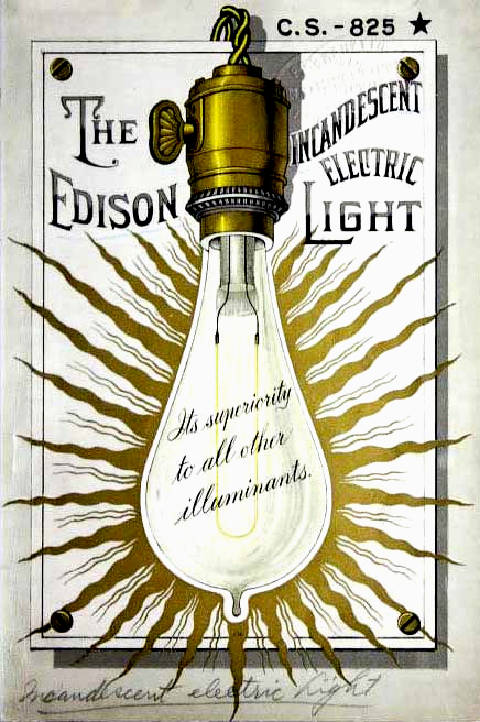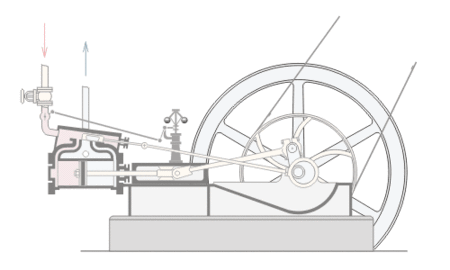|
DR ANDREW WOODCOCK |
(ESCC) |
|||||||||||||||||||||||||||||||||||||||
|
EXHIBITS FRIENDS HERITAGE HOME LIME PARK OPEN DAYS PARKING TECHNOLOGY UNESCO |
||||||||||||||||||||||||||||||||||||||||
|
Major Charles William de Roemer - technology advocate
As the story began to unfold in 1997, with Ronald Saunders paying a visit to the site, then Ron Martin, of the Sussex Industrial Archaeology Society (SIAS) in 1998. It would not be long before the County Archaeologist chimed in.
When he did, Planning Policy Guidance Notes (PPGs) 15 and 16 came to the fore, where nobody had mentioned these before. The other big player was English Heritage, who were in the throes of completing a Monument At Risk (MARs) identification survey, in connection with the Early Electrical Generating Industry.
Soon all of these academic departments were quite pleased to be able to include Herstmonceux Electricity Works on the MARs survey, which in turn triggered a Monument Protection Programme listing with English Heritage (now Historic England).
Where in some quarters, doubts as to the heritage, continued to be touted around, the only way to put these to bed, would be an authoritative, and fully independent Survey. It could not be East Sussex County Council's team. What was needed was a survey and Report from the acknowledged experts. And they don't get any better than London University, and their Archaeology South East team.
Thus it was, that with flak coming from all angles, to provide some kind of positive proof, one way or the other, East Sussex County Council commissioned London University to compile a Report. You can read this Report, reproduced on this site, with the kind permission of all those involved.
Herstmonceux Museum in 2016-17, match boarding revealed, with the well head reinstated, some tree work still needed to ensure survival of the historic buildings. The building served as a hospital for wounded airmen in World War Two. Hence, became known as RAF Herstmonceux, by the Ministry of Defence.
Another curious fact, is that nobody at that time had offered any suggestions as to how to restore the complex, and there was not one word as to how the building might in time become more important as the missing link between energy generation and storage. This was not down to Dr Woodcock. He was instructed not to make any more of the building, other than in the Report, and soon Dr Woodcock left ESCC. One possible explanation for the malaise, being there was no Local List, a bit of an oversight maybe, in light of the World Heritage Convention of 1972. But, it's better late than never. A very good argument for whoever is responsible, getting their act together.
An aerial view of Herstmonceux Museum in 2022, showing the public footpaths north of the generating buildings. Many of which are unregistered, but well trodden for over forty years, from our records.
It was either fated, or the most incredible set of coincidences, that brought the Generating Station's savoir together. For sure, without him, Nikolai Askaroff, had it in mind to demolish what he saw as a liability. That was until he was running short of change, and wanted to secure the skills of his best decorator & handyman.
And that was the very reason for the MARs programme. English Heritage were complying with Articles 3, 4 and 5 of the Convention, in compiling a list, that Herstmonceux Museum, was almost not included on. But through a series of coincidences, beginning with the revelations of Ronald Saunders, and then Ron Martin, of the SIAS, this unique building, the only surviving example in the whole world, of early energy storage in a proportionally, quite large, battery room - was squeezed in as a late entry, alongside Rudyard Kipling's 'Batemans' and Battersea Power Station. These were the only three entries for the south of England.
Big thanks then to all the contributors, not least of which is the good Dr Woodcock, who played his part, true to the archaeologists code of conduct. And true to his profession, given the limitations he was working under. Archaeology is a science. Not supposition or guesswork. It is the search for facts, no matter how inconvenient to other agendas, budgets or errors. Archaeology is about correctly recording the evidential facts.
It must seem obvious to a professional, that the present building arrangement, can reasonably easily be returned to the original condition, even including the re-installation of the generating machinery. The real problem is the cost and the time it will take. How to achieve that is proposed in (draft) in the Phases section, on this website. Which "how do we do it," could of itself be the subject of a study. And on which, the Trust seeks the assistance of everyone involved in heritage conservation.
WHAT IS ARCHAEOLOGY?
According
to the Cambridge English Dictionary, Archaeology is: the study of the buildings, graves, tools, and other objects that belonged to people who lived in the past, in order to learn about their culture and society,
and/or the study of ancient cultures through examination of their buildings, tools, and other objects.
The discipline involves surveying, excavation, and eventually analysis of data collected, to learn more about the past. In broad scope, archaeology relies on cross-disciplinary research.
As
battery storage is now seen as a way of implementing solar and wind
renewables more cost effectively, the old Electricity Generating Works
at Herstmonceux, may be considered to be the earliest anthropological
evidence of that part of societal adaptation, in the quest to overcome
global warming, and rid the planet of dependency on fossil fuels.
CHARACTERS
https://dictionary.cambridge.org/dictionary/english/archaeology https://dictionary.cambridge.org/dictionary/english/archaeology
If you know of any information that may help us complete this story, please get in touch.
|
||||||||||||||||||||||||||||||||||||||||
|
|
||||||||||||||||||||||||||||||||||||||||
|
EXHIBITS FRIENDS HERITAGE HOME LIME PARK OPEN DAYS PARKING TECHNOLOGY UNESCO
Copyright © 2023 Lime Park Heritage Trust. A not for profit organisation with charitable objects.
|
||||||||||||||||||||||||||||||||||||||||
